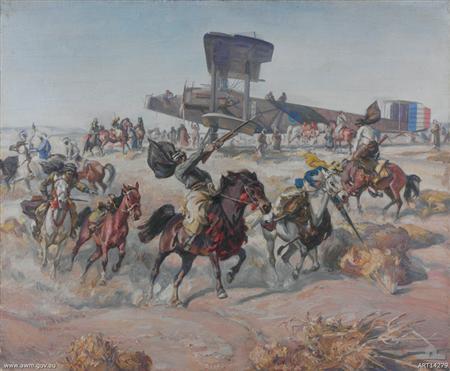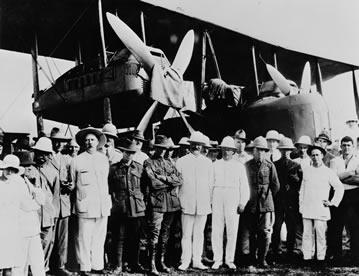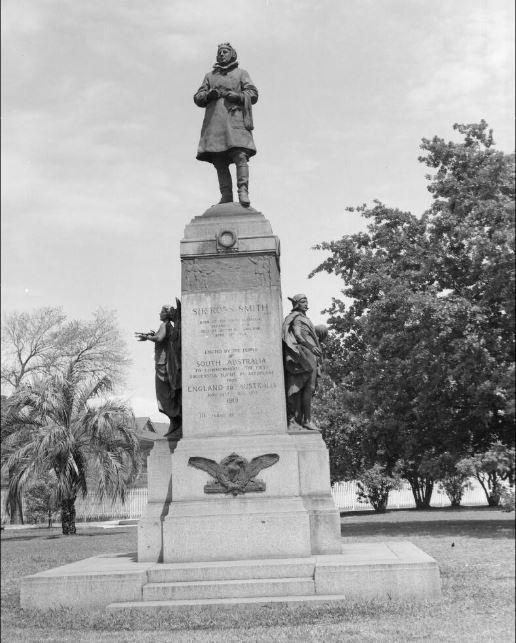Fifty Australians - Sir Ross Smith
A war hero and pioneering flyer. Serving with the AIF, Smith made many distance flights and flew the first England-to-Australia route in 1919.
Sir Ross Macpherson Smith, KBE, DFC (and two Bars), MC (and Bar), AFC (1892–1922)
Ross Smith had served in the cadets and the militia before he left Australia as a sergeant in the 3rd Light Horse Regiment in October 1914; he went to Gallipoli the following year. He was later commissioned and was at the battle of Romani (in the Sinai) in August 1916. The next year he volunteered for the Australian Flying Corps.
Flying with No. 1 Squadron AFC, Smith took part in attacks, aerial photography missions, and bombing raids on Turkish forces. On one occasion he landed in the face of the enemy to rescue a downed comrade. During his extensive war service he was twice awarded the Military Cross, received the Distinguished Flying Cross three times, as well as the Air Force Cross.
A gifted flyer, Smith became experienced in flying his squadron’s twin-engined Handley Page 0/400 bomber; on occasion Lawrence of Arabia was his passenger. While still with the flying corps, he made pioneering flights from Cairo to Calcutta, and from Calcutta to Timor.
On 12 November 1919, assisted by his brother Keith and two mechanics, Wally Shiers and Jim Bennett, he set out to fly from England to Australia in a large Vickers Vimy bomber. It was an epic 28-day flight, completed at an average speed of 137 kilometres per hour, but not without mishap. On their arrival, the pioneering flyers were welcomed home as national heroes; their £10,000 prize money was shared equally. The two brothers were knighted.
In April 1922, while preparing for a record-breaking around the world flight, Smith and Bennett were killed in a crash. Keith Smith witnessed the death of his brother, who was not yet 30. Their famous Vimy aircraft was displayed at the Australian War Memorial, but is now in the Smiths’ home town, Adelaide.

Stuart Reid, Handley Page reaches rendezvous with Lawrence of Arabia

Ross and Keith Smith (right, in khaki) with their mechanics, Bennett and Shiers (in slouch hats), on arrival in Darwin on 10 December 1919.
National Archives of Australia A1200/19, L84857

Statue commemorating Sir Ross Smith, a local hero, in Adelaide, South Australia.
National Library of Australia nla.pic-an23324040
- Home
- Previous: Dave Shannon
- Next: Harry Thorpe
